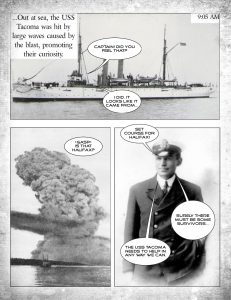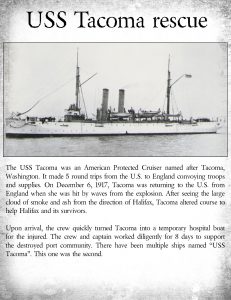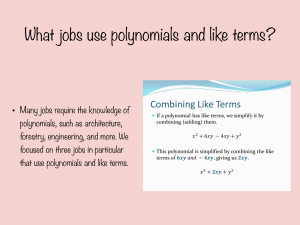When you think of cloning, what do you think of? Maybe creating an entire army from one guy’s DNA? Perhaps growing expendable soldiers to use for your evil takeover! Or maybe not. You probably don’t think of cutting a branch off a plant, replanting said branch, and getting said branch to grow. But that’s exactly. What. We did. *evil laugh* *thunder and lightning*
I was part of a team of scientist who grew multiple plants from just one plant. My colleagues were Kailey, Jessie, and Logan. Those three were in charge of growing dandelions, and I was in charge of blackberries. I don’t know much about the dandelions, so go check out either Kailey, Jessie, or Logan’s posts about those. But I do know about the blackberries.
So, I have a cool kind of blackberry at my house (and the ones we cloned). I did some research, and I found that they are in fact a sub-species of blackberry, called a Marionberry. They are man-made genetically-altered blackberry with no thorns, bigger and sweeter berries, and more specific growing conditions. All this time and I had no idea.
Our team chose blackberries because of how easily they can clone themselves. When a blackberry branch is in contact with dirt for long enough, it will begin to grow roots. The branch doesn’t have to be connected to the original branch to grow roots, but it grows them a lot better if it is.
Unfortunately, of the three plants we planted, only one grew. This one was already nicely growing when we planted it, so it’s not surprising that it grew well. The other two didn’t. One of the plants had also rooted, but it died because its leaves were too small to get enough sunlight. The one that didn’t have roots died for one or a combination of these three reasons;
I overwatered it
It didn’t have big enough leaves to get enough sunlight
It didn’t grow roots fast enough to get nutrients from the soil
During these 1.5 months we were documenting the growth of both our blackberries and our dandelions. We then made a video explaining what we did, why reproducing plants this way works, and why reproducing plants this way is good. I was also in charge of the blackberry section of the video. In the video I explain the last two paragraphs, with a stop-motion animation of what I’m saying.
(Can I drop the scientist act?) [yes.] (ok thanks.) As with most other science and math projects, I didn’t learn much about teamwork, time management, any of those “life skill” things. I mostly just learned about the unit and worked by myself, which is why my section is much different than the other sections. I guess i learned more about video creation techniques, but I’ve been told we shouldn’t be focusing on those when talking about our learning. Now if you’ll excuse me, I need to take over the earth with my genetically perfect blackberries.




















